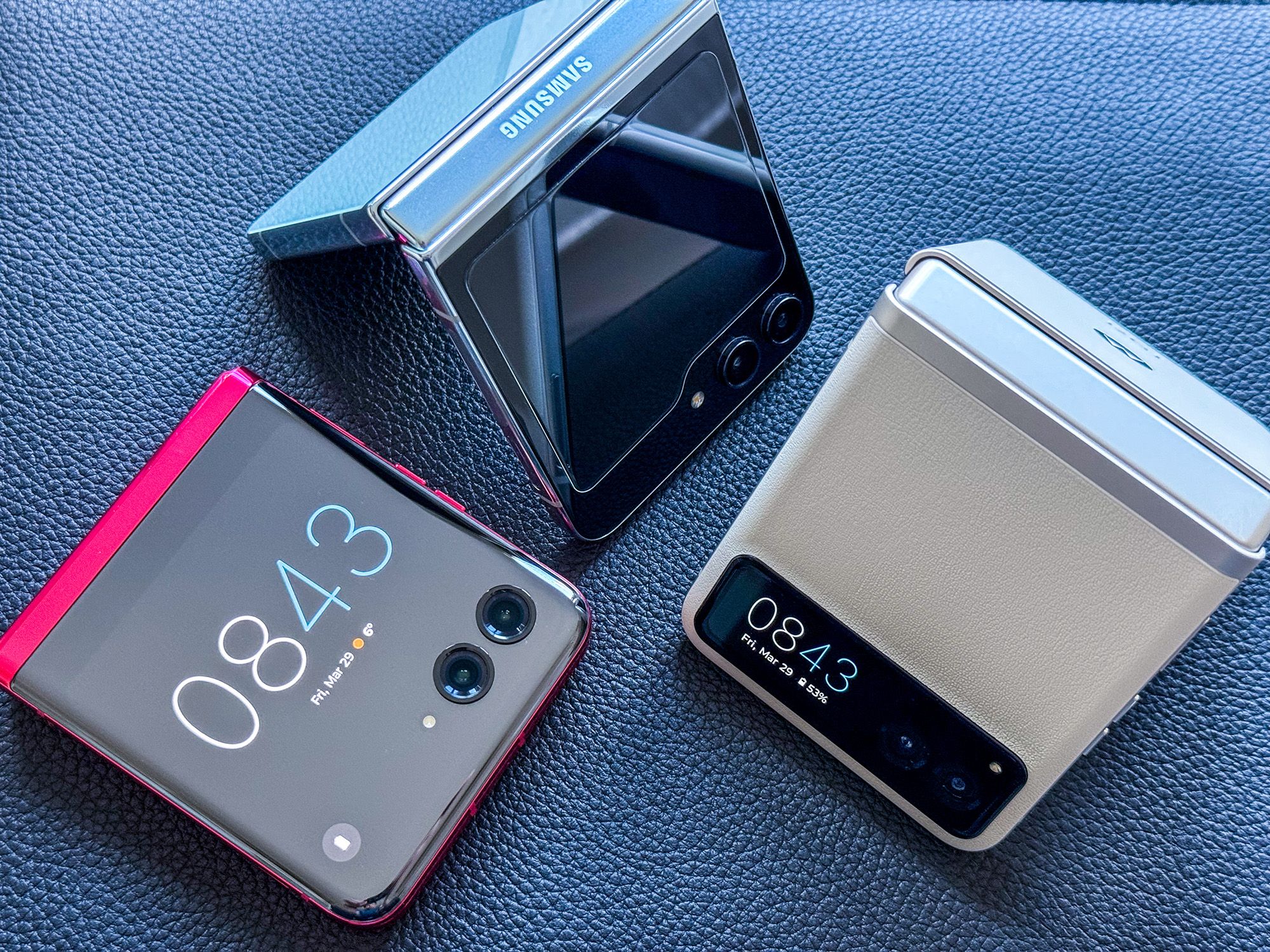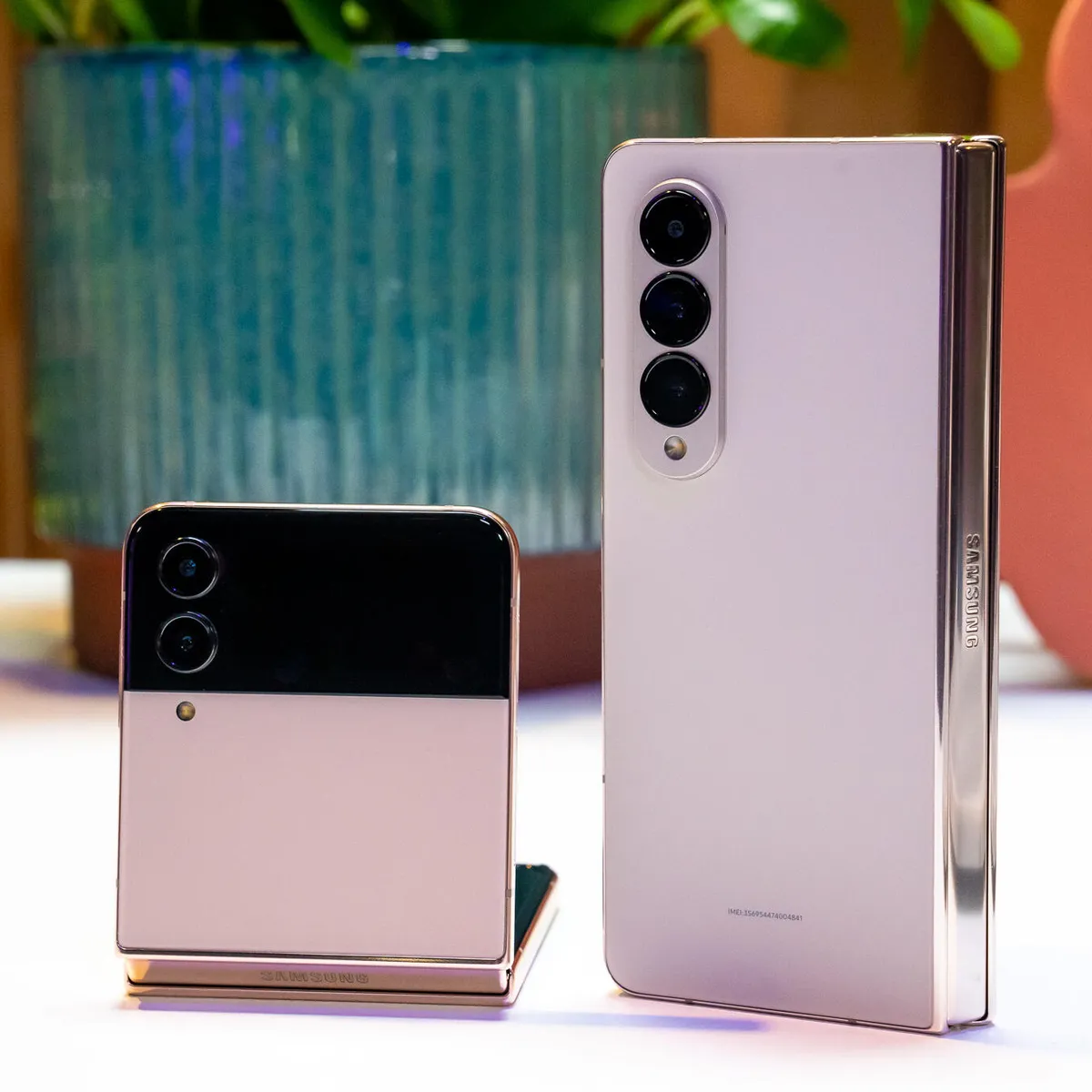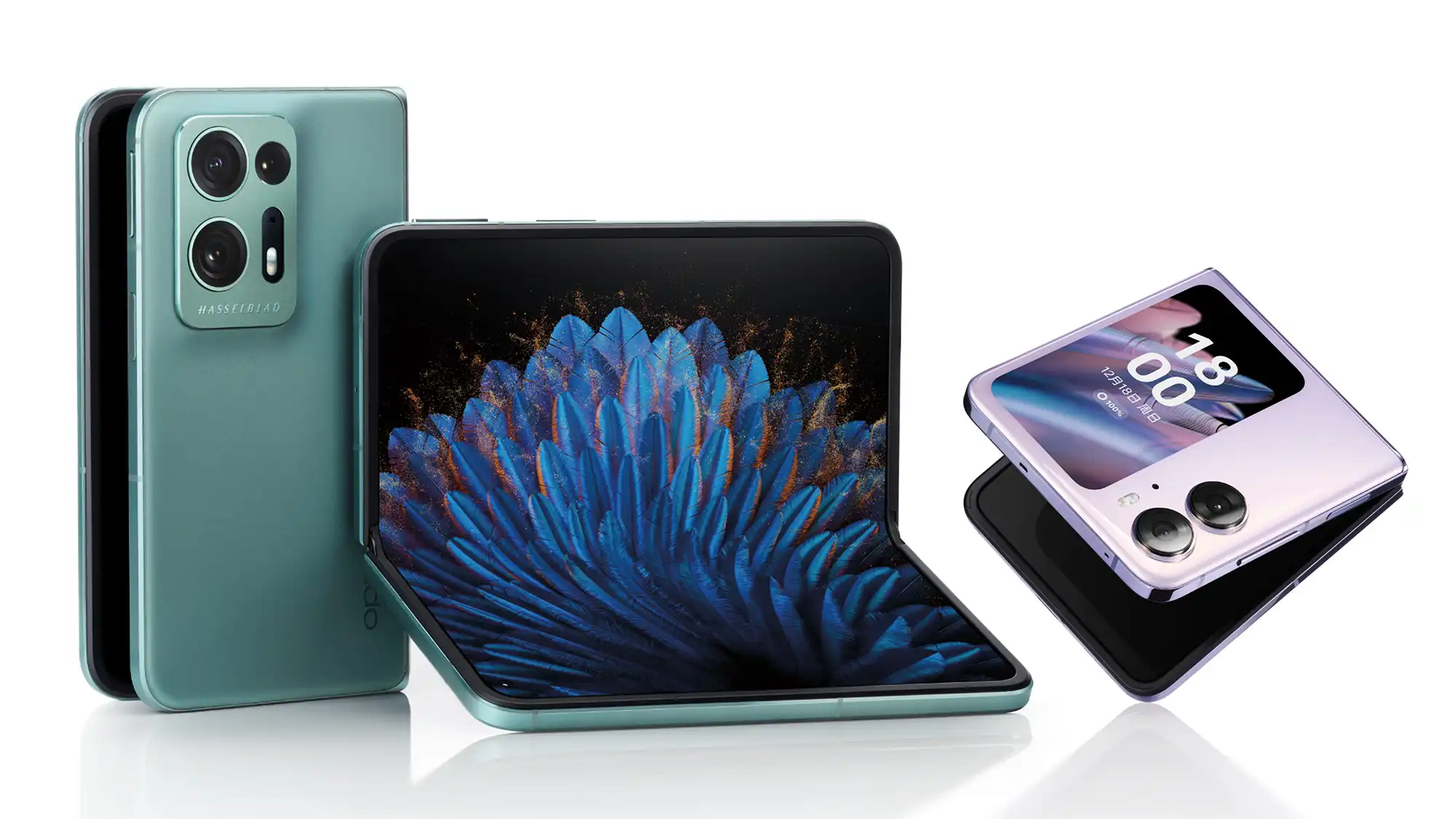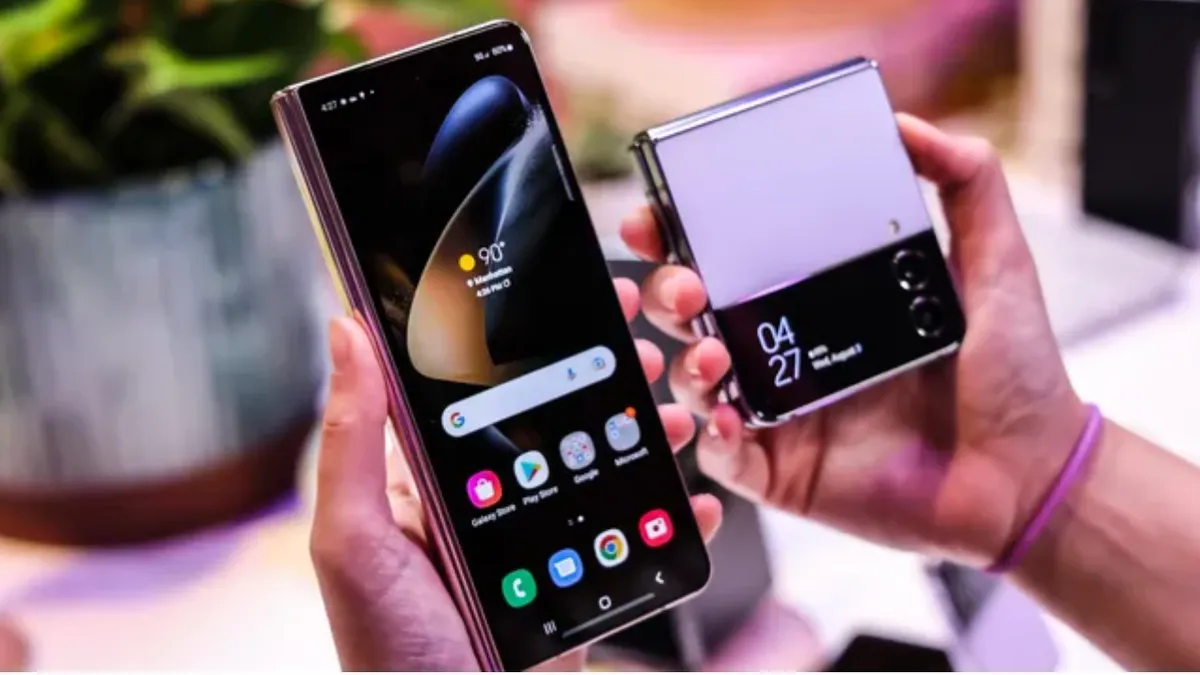Highlights
- Foldable phones combine smartphone convenience with tablet-size screens for multitasking.
- Flip phones offer a compact design with quick accessibility and high portability.
- Foldables feature large, dual-display setups for enhanced productivity.
- Flip phones provide a nostalgic design with modern technology for easy use.
The introduction of foldable technology marks a significant shift in how we use smartphones.
Devices like the OnePlus Open are transforming from novelty items into versatile tools fit for daily use.
However, not all foldable phones are the same.
This new breed of smartphones can be broadly categorized into two types: foldable phones and flip phones.
Each offers unique benefits tailored to different user needs.
So which one is right for you?
Let’s try and find out.
Understanding Foldable Phones

Foldable phones are essentially tablet-sized devices that can fold to match the size of a standard smartphone.
This feature is facilitated by a large inner display that folds inward, protected when closed by a secondary outer screen.
Devices such as the Samsung Galaxy Z Fold 5 or the OnePlus Open epitomize this design, offering a dual-display that allows the device to function as both a smartphone and a mini-tablet.
These devices are perfect for users seeking a gadget that can transition from a compact phone to a larger display for multimedia consumption or productivity tasks.
The presence of a large outer screen ensures that even when folded, the device operates effectively as a conventional smartphone.
Defining Flip Phones

On the other side of the foldable spectrum are the flip phones, modern takes on a classic design that compact a regular-sized smartphone into half its size through a horizontal fold.
This design is typified by devices like the Samsung Galaxy Z Flip 5, which features a primary display that folds inward from top to bottom.
Flip phones typically include a smaller secondary screen on the outside.
This screen, while limited in functionality compared to the main display, offers quick access to notifications, time, and other simple tasks without needing to unfold the phone
It’s an ideal setup for those who prioritize portability and quick accessibility in a more traditional phone size.
Comparing Foldables and Flips

The main distinction between these two designs lies in their intended use case and form factor.
Foldable phones are better suited for users who desire a device that can double as a tablet, providing expansive screen real estate that supports enhanced multitasking and productivity.
These devices often support running multiple apps simultaneously, mimicking a more traditional computing experience.
Conversely, flip phones appeal to those looking for compactness and simplicity, offering a form factor that reduces pocket space without sacrificing functionality.
They are particularly convenient for users who value discretion and portability, along with the added bonus of using the external display for quick functions like selfies, which can be taken using the superior rear cameras.
Choosing Between Foldable and Flip Phones

The choice between a foldable and a flip phone largely depends on personal preference and intended use.
Tech enthusiasts who relish the latest advancements may lean towards the novel designs of foldables for their multitasking prowess and tablet-like capabilities.
Meanwhile, those who prefer a more minimalist, sleek gadget that fits comfortably in smaller spaces might find flip phones more appealing.
Both styles of phones typically come at a premium, with foldables generally positioned at the higher end of the price spectrum due to their larger screens and more complex technology.
However, both represent the cutting edge of smartphone technology, offering distinctive benefits that cater to various lifestyles and preferences.
As the market for these innovative devices grows, potential buyers should consider how the advantages of each model align with their daily needs and habits.
Whether it’s flipping open a compact device or unfolding a versatile mini-tablet, the modern era of smartphones offers exciting possibilities for every user.
FAQs
What are foldable phones and how do they differ from standard smartphones?
Foldable phones, like the Samsung Galaxy Z Fold 5, have a large inner screen that folds to a smartphone size.
Unlike regular smartphones, these devices can transition from a phone to a mini-tablet, offering extensive screen space for tasks that benefit from a larger display, such as watching videos or multitasking with multiple apps.
What defines a flip phone in today’s market?
Today’s flip phones, such as the Samsung Galaxy Z Flip 5, are modern versions of the classic flip phone design.
They feature a primary screen that folds horizontally, and a secondary, smaller external screen for accessing notifications and other simple functions.
This makes them ideal for those prioritizing a compact, easy-to-carry device.
How do foldable phones enhance user productivity?
Foldable phones are designed with large screens that support running multiple apps simultaneously, which mirrors a desktop computing experience.
This makes them particularly useful for users who need more screen real estate for their work or personal tasks, enabling more effective multitasking and productivity on the go.
Why might someone choose a flip phone over a foldable phone?
Flip phones are best suited for individuals who value simplicity and compactness. They fit easily into smaller spaces, making them convenient to carry around.
Additionally, the smaller external screen allows for quick access to essential phone functions without the need to unfold the device, which enhances usability in fast-paced environments.
What is the life of a foldable phone?
The life of a foldable can’t be predicted as such. We also don’t have enough user reviews or data to draw a conclusion about the life of foldable phones.
However, Samsung has claimed that the screens in both devices have been certified to fold up to 200,000 times.
How many types of foldable phones are available?
There are two main types of foldable phones available in the market: the clamshell design and the book-style design.
Are foldable phones durable?
Foldable phones have made significant strides in terms of durability, but they can still be more vulnerable to screen damage compared to traditional smartphones.
The durability of a foldable phone largely depends on factors like the quality of materials used, the design of the hinge mechanism, and how well the user takes care of the device.
Many modern foldable phones come with improved screen protection, such as ultra-thin glass, which makes them more resistant to scratches and damage.
However, it’s essential to handle them with care, avoid applying excessive pressure, and keep them away from dust and debris to prolong their lifespan.
Are there enough apps optimized for foldable phones?
While the number of apps optimized for foldable phones has been increasing, there is still room for improvement.
Many popular apps have started offering better support for foldable screens, allowing for a smoother user experience.
However, not all apps are fully optimized, and users may encounter compatibility issues or awkward layouts on some apps when using a foldable phone.
It’s essential to check app compatibility before purchasing a foldable device and keep an eye on software updates, as manufacturers and app developers continue to work on enhancing the foldable phone experience.
Also Read: Folding Phones – Pros and Cons
Also Read: Xiaomi Mix Fold 3 coming in August with four Leica-tuned Cameras: Passes MIIT Certification
Also Read: Samsung’s Foldable Smartphone Journey: From Pioneers to Powerhouses
